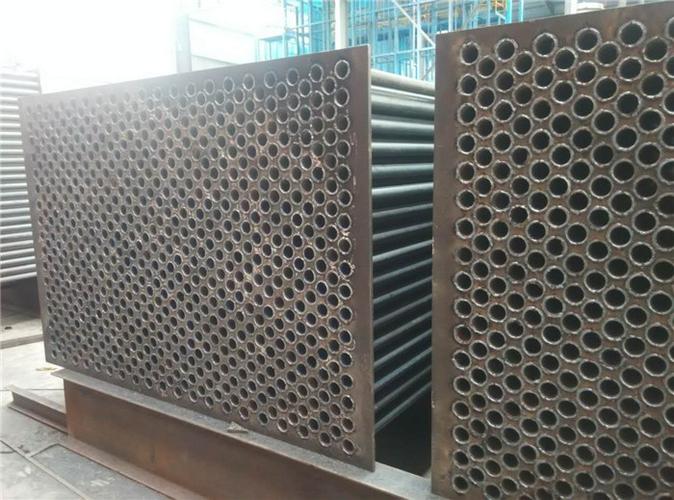How to classification of air preheaters?
Classification of Air Preheaters
Air preheaters (APHs) are critical components in boilers, enhancing thermal efficiency by transferring heat from flue gas to combustion air. They are primarily classified into two categories based on heat transfer methods: conductive type and regenerative type.
As boiler capacity and parameters increase, conductive-type tubular air preheaters face challenges in heating surface arrangement. Thus, large-capacity units often adopt compact, lightweight rotary air preheaters. Broadly, APHs are categorized into three types:
- Plate-type
- Tubular-type
- Rotary-type
1. Plate-Type Air Preheater
Structure & Working Principle
- Constructed from thin steel plates (1.5–4 mm) welded into rectangular boxes.
- Flue gas flows vertically outside the boxes, while air passes horizontally inside, turning upward at the bottom for counter-flow heat exchange.
Disadvantages
- High steel consumption.
- Bulky structure prone to weld leaks.
- Rarely used today due to inefficiency and maintenance issues.
2. Tubular-Type Air Preheater
Structure & Working Principle
- Composed of thin-walled steel tubes arranged vertically in a cubic frame, welded to upper/lower tube sheets.
- Flue gas flows inside tubes; air moves horizontally across tubes for conductive heat transfer.
Advantages
- Excellent sealing and high heat transfer efficiency.
- Simple manufacturing, ideal for power/industrial boilers.
Disadvantages
- Large footprint, prone to ash blockage and tube wear at the flue gas inlet.
- Difficult to clean.
3. Rotary-Type Air Preheater
Structure & Working Principle
A regenerative-type APH where heat is alternately absorbed/released via rotating metal surfaces. Two subtypes exist:
- Rotating heating surface (common): A cylindrical rotor packed with heat storage plates transfers heat from flue gas to air.
- Rotating air duct: Less common; ducts rotate instead of heating elements.
Components
- Rotor, fixed shell, and drive mechanism.
Advantages
- Compact, lightweight, and ideal for large boilers.
- Tolerates significant wear on heat transfer elements.
Disadvantages
- Complex design.
- Higher air leakage and power consumption.
Air preheaters are classified into conductive type (including tubular and plate-type) and regenerative type (rotary-type) based on their heat transfer methods, with tubular being simple and robust, plate-type now obsolete, and rotary-type preferred for large-scale boilers despite higher complexity.

Tubular-Type Air Preheater

